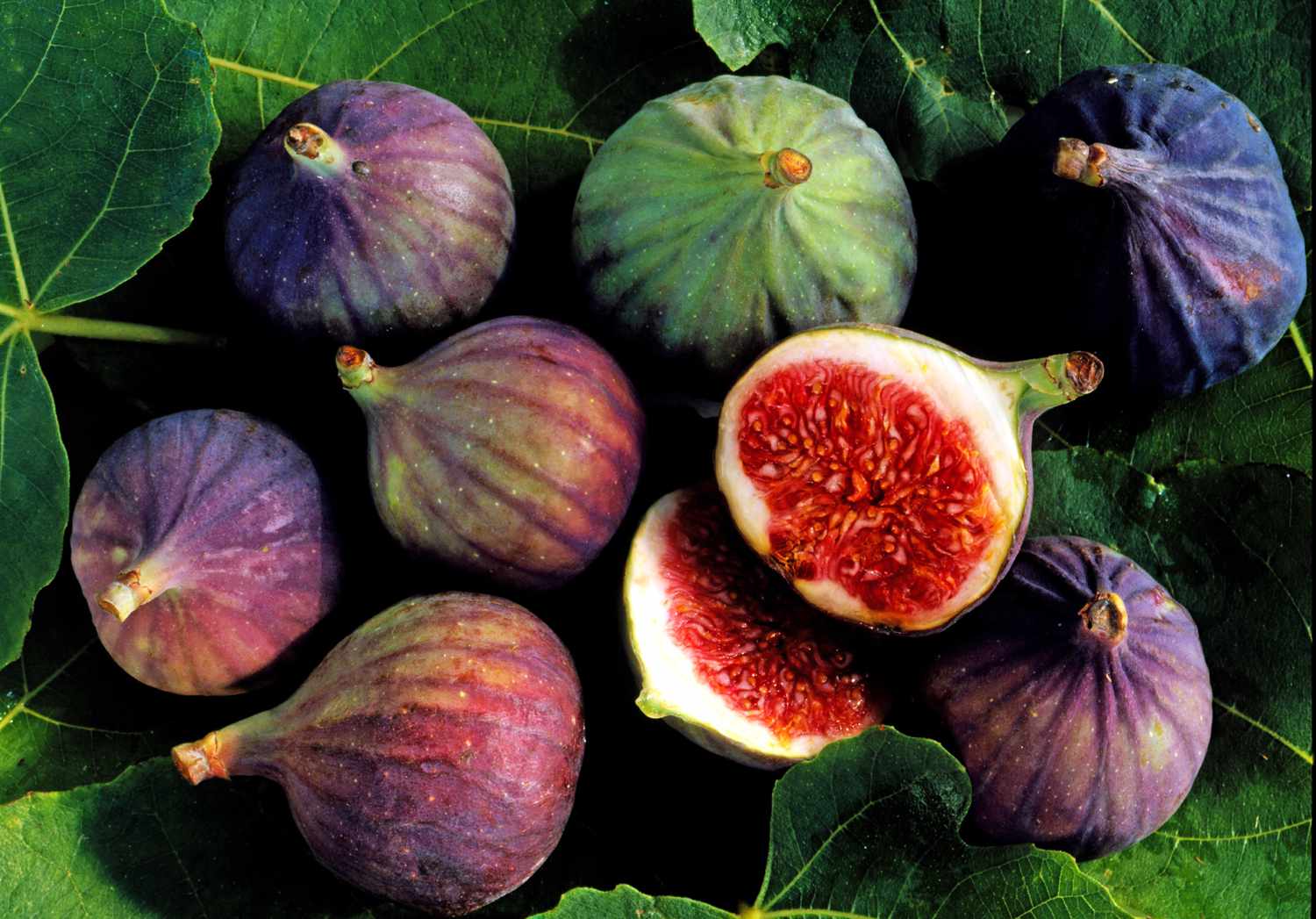

Articles
How To Store Figs
Modified: December 7, 2023
Discover the best methods and tips for storing figs in this comprehensive collection of articles. Keep your figs fresh and delicious for longer with these expert recommendations.
(Many of the links in this article redirect to a specific reviewed product. Your purchase of these products through affiliate links helps to generate commission for Storables.com, at no extra cost. Learn more)
Introduction
Figs are a delicious and nutritious fruit that are loved by many. Whether you’ve just picked your own fresh figs from a tree or bought them from the grocery store, knowing how to store them properly is crucial to ensure their freshness and flavor.
In this article, we will explore different methods for storing figs, including storing them at room temperature, refrigerating them, freezing them, preserving them in syrup, and dehydrating them. Each method has its own benefits and is suitable for different circumstances and preferences. By following these storage tips, you’ll be able to enjoy the amazing taste of figs all year-round!
Key Takeaways:
- Enjoy the deliciousness of figs year-round by choosing the best storage method for your needs, whether it’s room temperature, refrigeration, freezing, syrup preservation, or dehydrating. Keep your figs fresh and flavorful with these versatile storage techniques.
- From plump and tender fig selection to proper washing and storage, ensure your figs stay at their peak by following the right storage method. Whether you’re snacking on them or using them in recipes, these storage tips will keep your figs tasting amazing.
Read more: How To Store Dried Figs
Choosing Fresh Figs
When it comes to storing figs, it’s important to start with fresh, high-quality fruit. Here are some tips on how to choose the best figs:
- Look for figs that are plump and tender to the touch. They should give slightly when pressed but not feel mushy.
- Avoid figs that have bruises, cuts, or mold on their skin. Opt for smooth and intact figs for better quality.
- Color is not always an indicator of ripeness. Some fig varieties have green skin even when they are fully ripe, while others turn purplish-brown or black.
- If possible, give them a gentle squeeze to release their natural sweet aroma. This can be a good sign of their flavor and ripeness.
Choosing ripe and fresh figs is the first step in storing them properly. By selecting the best fruits, you’re setting the foundation for delicious figs that will stand the test of time.
Storing Figs at Room Temperature
If you plan to consume your figs within a couple of days, storing them at room temperature is a great option. Here’s how:
- Place the figs in a single layer in a shallow container or on a plate.
- Avoid crowding the figs, as this can lead to bruising and spoilage.
- Make sure the container allows for some airflow to prevent excessive moisture buildup.
- Keep the figs away from direct sunlight, which can cause them to overripen or spoil faster.
By storing figs at room temperature, they will continue to ripen and become softer and juicier. However, keep in mind that figs stored at room temperature have a shorter shelf life compared to those stored in the refrigerator.
Remember to check your figs regularly and consume them before they become overly soft or show signs of spoilage. This method is ideal if you plan to enjoy your figs within a few days and want them to be at their peak ripeness.
Refrigerating Figs
If you want to extend the shelf life of your figs, refrigeration is the way to go. Follow these steps to store figs in the refrigerator:
- Gently rinse the figs with cool water to remove any dirt or debris on the skin.
- Pat them dry with a paper towel to remove excess moisture.
- Place the figs in a breathable bag or container, such as a plastic or mesh bag, to allow for air circulation.
- Keep the bag or container loosely closed to maintain a slightly humid environment without causing excess moisture.
- Store the figs in the refrigerator’s crisper drawer, which provides a cooler and more stable temperature.
When properly refrigerated, figs can stay fresh for up to a week. However, it’s important to note that the longer you store them, the softer and juicier they become. So, if you prefer firmer figs, consume them within the first few days of refrigeration.
Before eating the refrigerated figs, let them come to room temperature for the best flavor and texture. This will enhance their natural sweetness and juiciness.
Refrigerating figs not only helps prolong their freshness, but it also helps slow down the ripening process. This can be useful if you have an abundance of figs and want to enjoy them over a longer period or if you’re not able to consume them quickly.
Store figs in the refrigerator in a single layer on a paper towel-lined plate or shallow container. This will help prevent them from becoming too moist and spoiling quickly.
Freezing Figs
If you have a surplus of figs or want to preserve them for future use, freezing is an excellent option. Here’s how to freeze figs:
- Start by washing the figs under cool running water to remove any dirt or residue.
- Gently pat the figs dry with a paper towel.
- Remove the stems from the figs, as they can become tough and unpleasant after freezing.
- Optionally, you can cut the figs into halves or slices, depending on your preference and intended use.
- Place the prepared figs in a single layer on a baking sheet lined with parchment paper or a silicone mat.
- Make sure the figs are not touching each other to prevent them from sticking together.
- Put the baking sheet in the freezer and let the figs freeze completely for a few hours.
- Once frozen, transfer the figs to an airtight container or freezer bag.
- Label the container with the date to keep track of their freshness.
- Return the figs to the freezer for long-term storage.
Frozen figs can last up to 6 months in the freezer. When you’re ready to use them, simply thaw the desired amount in the refrigerator overnight or at room temperature. Keep in mind that frozen figs may become slightly mushy after thawing, but they are still perfect for cooking, baking, and making smoothies.
Freezing figs is an excellent way to preserve their flavor and texture. Whether you have an abundance of figs or want to enjoy them during the off-season, freezing ensures you’ll always have a supply of figs on hand.
Read more: How To Store Figs In Fridge
Preserving Figs in Syrup
Preserving figs in syrup is a wonderful way to enjoy their sweetness throughout the year. Here’s how to preserve figs in syrup:
- Start by preparing a simple syrup. In a saucepan, combine equal parts of water and granulated sugar.
- Bring the mixture to a boil, stirring occasionally, until the sugar is completely dissolved.
- Reduce the heat and let the syrup simmer for a few minutes to thicken slightly.
- Meanwhile, gently wash the figs under cool running water to remove any dirt or debris.
- Pat the figs dry with a paper towel.
- Remove the stems from the figs and make a small slit on each fig’s base to prevent them from bursting during the preservation process.
- Place the prepared figs in sterilized glass jars, leaving some headspace at the top.
- Pour the hot syrup over the figs, covering them completely.
- Seal the jars tightly and let them cool to room temperature.
- Once cooled, store the jars in a cool, dark place, such as a pantry or cellar.
Preserved figs in syrup can last for several months when stored properly in a sealed jar. The figs will absorb the sweet syrup, resulting in a luscious and flavorful treat. You can enjoy them on their own, as a topping for desserts, or as a delicious accompaniment to cheese or yogurt.
Preserving figs in syrup is not only a great way to prolong their shelf life but also a lovely homemade gift for friends and family. It captures the essence of fresh figs and allows you to savor their deliciousness all year long.
Dehydrating Figs
Dehydrating figs is a fantastic way to create a nutritious and delicious snack that can be enjoyed anytime. Here’s how to dehydrate figs:
- Start by washing the figs under cool running water to remove any dirt or residue.
- Gently pat the figs dry with a paper towel.
- Remove the stems from the figs and cut them into slices or halves.
- Preheat your dehydrator according to the manufacturer’s instructions.
- Arrange the fig slices in a single layer on the dehydrator trays, making sure they are not touching each other.
- Place the trays in the dehydrator and set the temperature to around 135°F (57°C).
- Allow the figs to dehydrate for 12-24 hours, checking periodically for desired texture.
- The figs are ready when they are completely dry and pliable, with no moisture remaining.
- Once dehydrated, let the figs cool to room temperature.
- Store the dehydrated figs in an airtight container or resealable bags.
Dehydrated figs can be a delicious and nutritious snack on their own, or you can use them in various recipes like granola, trail mix, or salads. They have a concentrated sweetness and chewy texture that makes them a delightful treat.
One of the advantages of dehydrating figs is that it preserves their nutrients while intensifying their flavor. They can be stored for an extended period without the need for refrigeration or freezing. Just make sure to store them in a cool, dry place away from direct sunlight to maintain their quality.
Dehydrated figs are a versatile ingredient that adds a burst of flavor and texture to both sweet and savory dishes. Enjoy them as a healthy snack or incorporate them into your culinary creations for an extra touch of sweetness.
Conclusion
Storing figs properly is key to preserving their freshness and flavor. Whether you have an abundance of ripe figs from your garden or you’ve picked up a batch from the store, knowing how to store them correctly ensures that you can enjoy their deliciousness for an extended period.
From storing figs at room temperature to refrigerating them, freezing, preserving them in syrup, or dehydrating them, there are various methods to choose from based on your preferences and requirements. Each method offers its own benefits and allows you to extend the shelf life of figs in different ways.
Remember to choose fresh figs with plump texture and avoid those with signs of spoilage. Washing and drying figs properly before storage is essential to prevent the growth of mold or bacteria.
By following the proper storage techniques outlined in this article, you can enjoy the deliciousness of figs all year-round. Whether you prefer eating figs as a standalone snack, incorporating them into recipes, or using them as a sweet topping, knowing how to store them properly ensures that they retain their quality and taste.
So, next time you have a batch of fresh figs in your hands, utilize one of the storage methods discussed here to keep them fresh and flavorsome for as long as possible. Experiment with different methods to find the one that suits your needs best, and embrace the versatility of figs in various culinary creations.
Frequently Asked Questions about How To Store Figs
Was this page helpful?
At Storables.com, we guarantee accurate and reliable information. Our content, validated by Expert Board Contributors, is crafted following stringent Editorial Policies. We're committed to providing you with well-researched, expert-backed insights for all your informational needs.
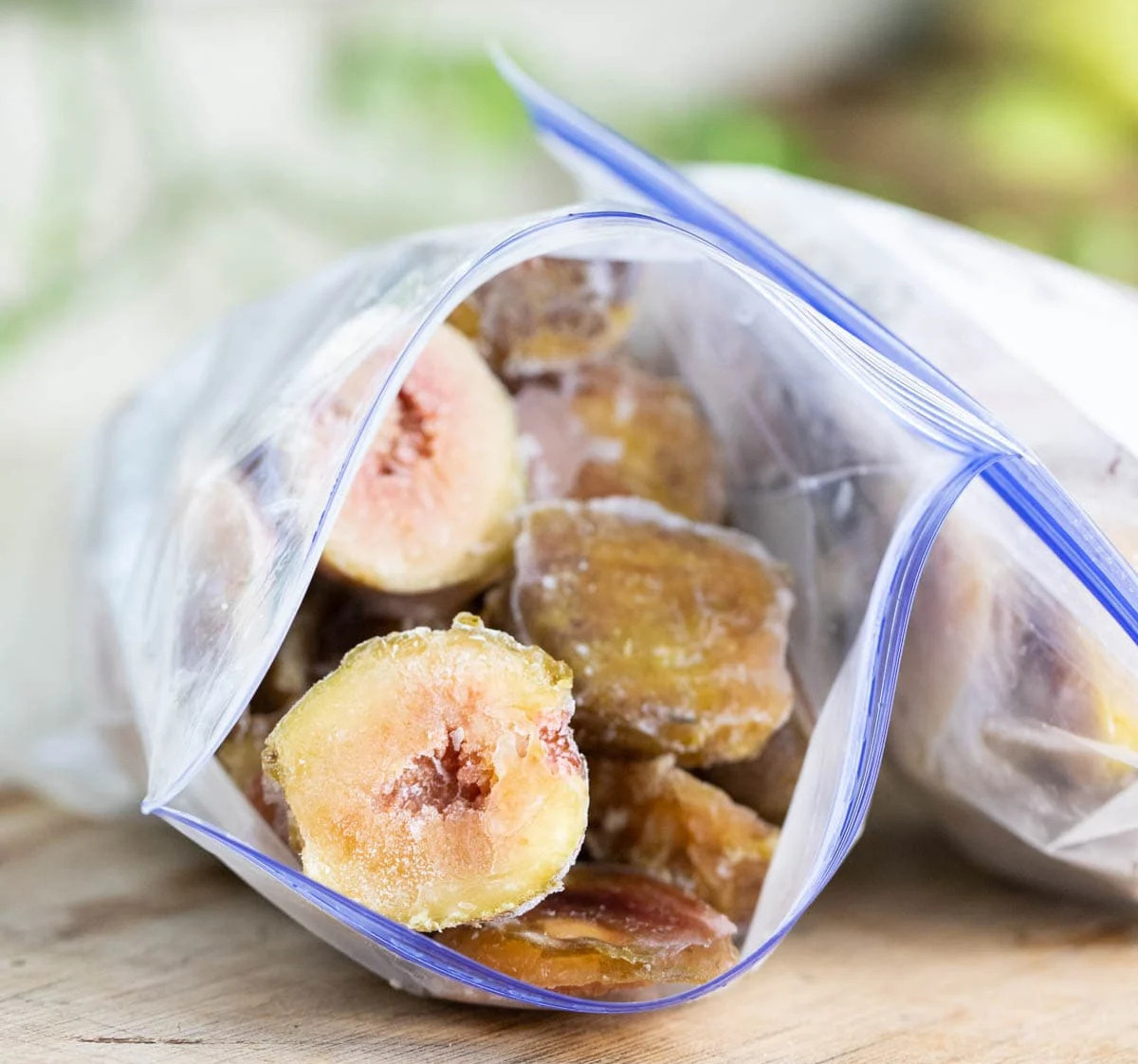
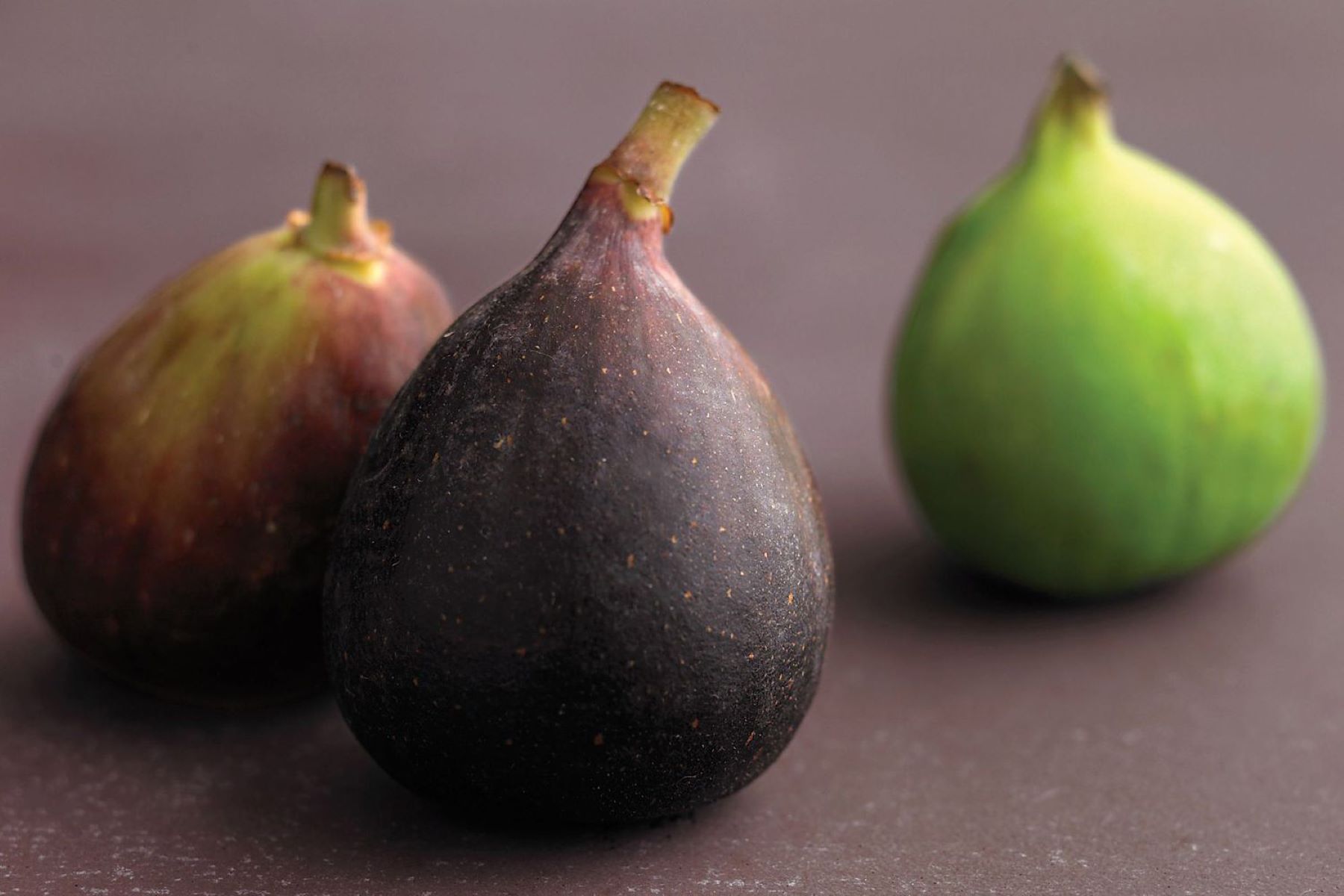

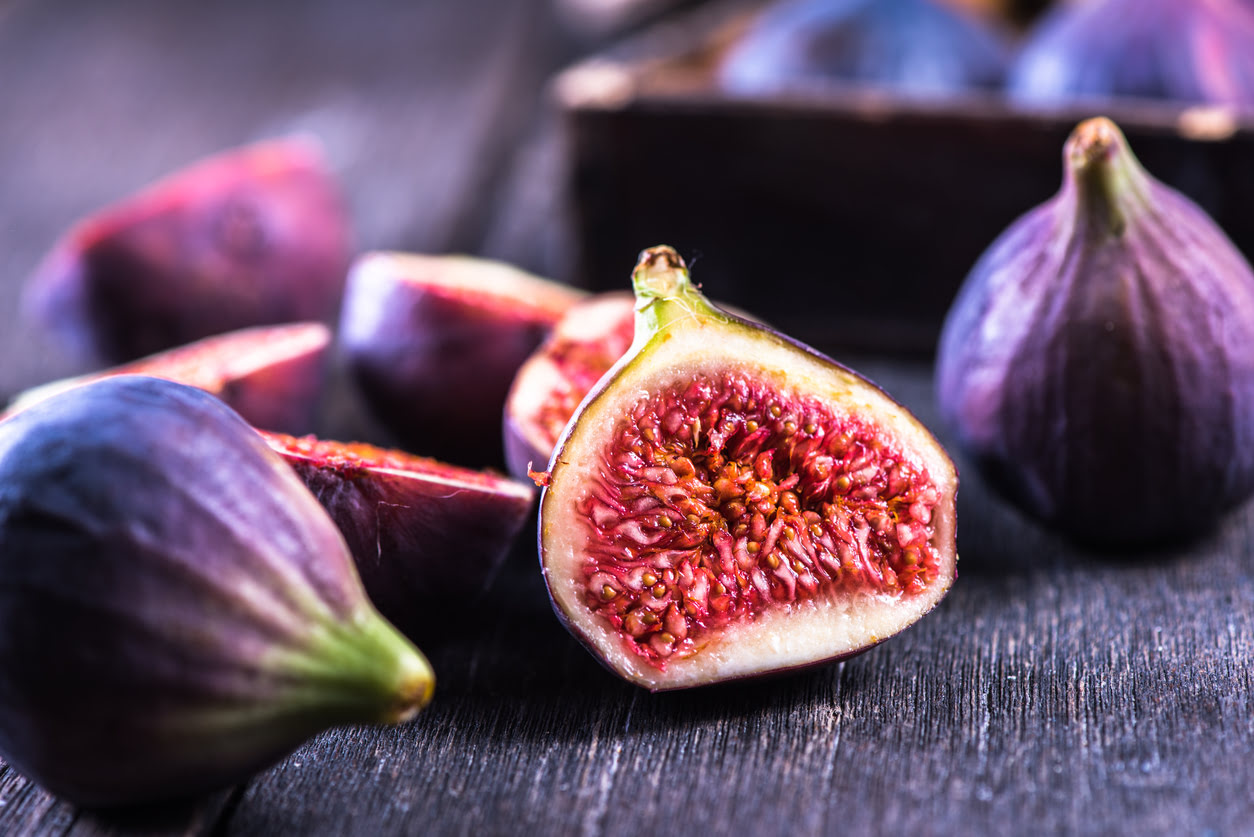


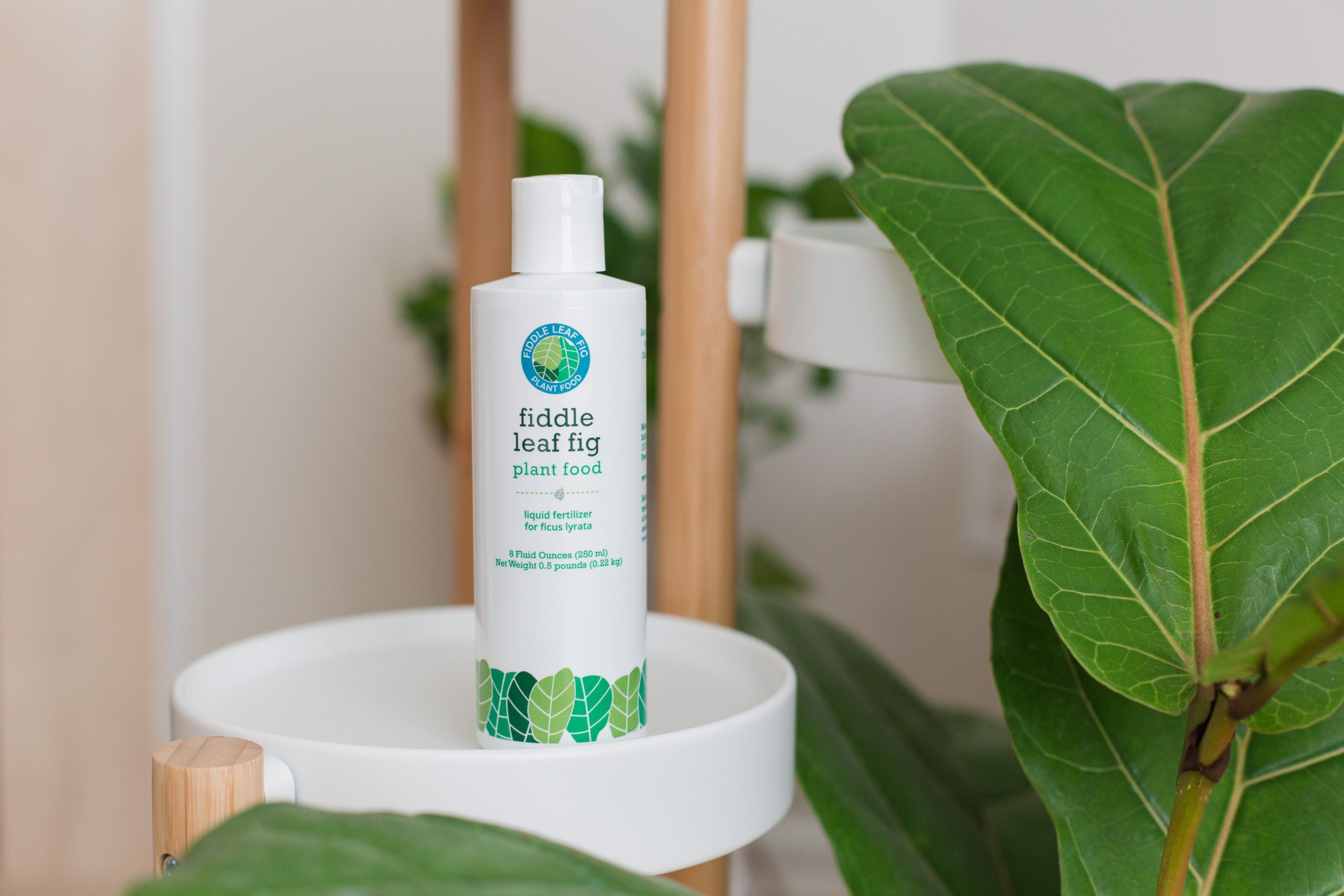




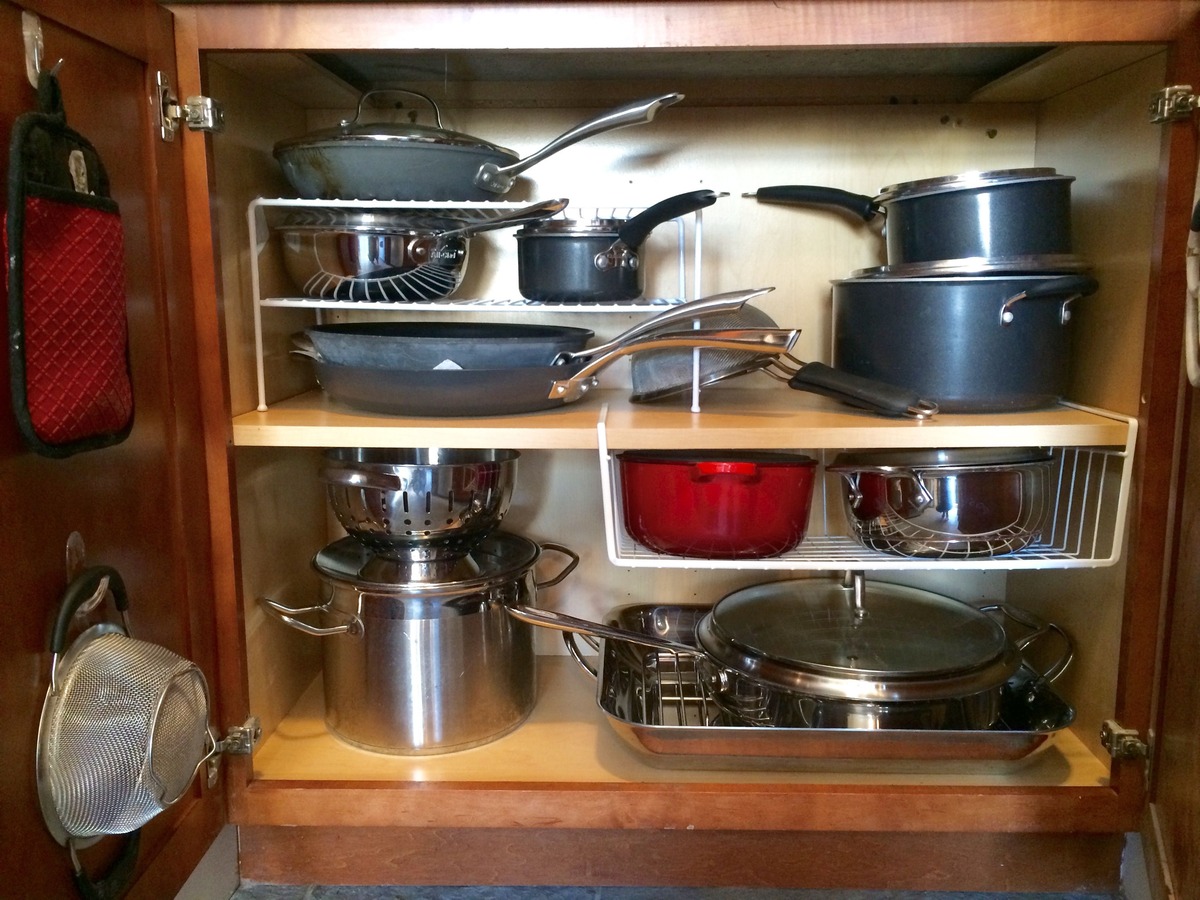



0 thoughts on “How To Store Figs”